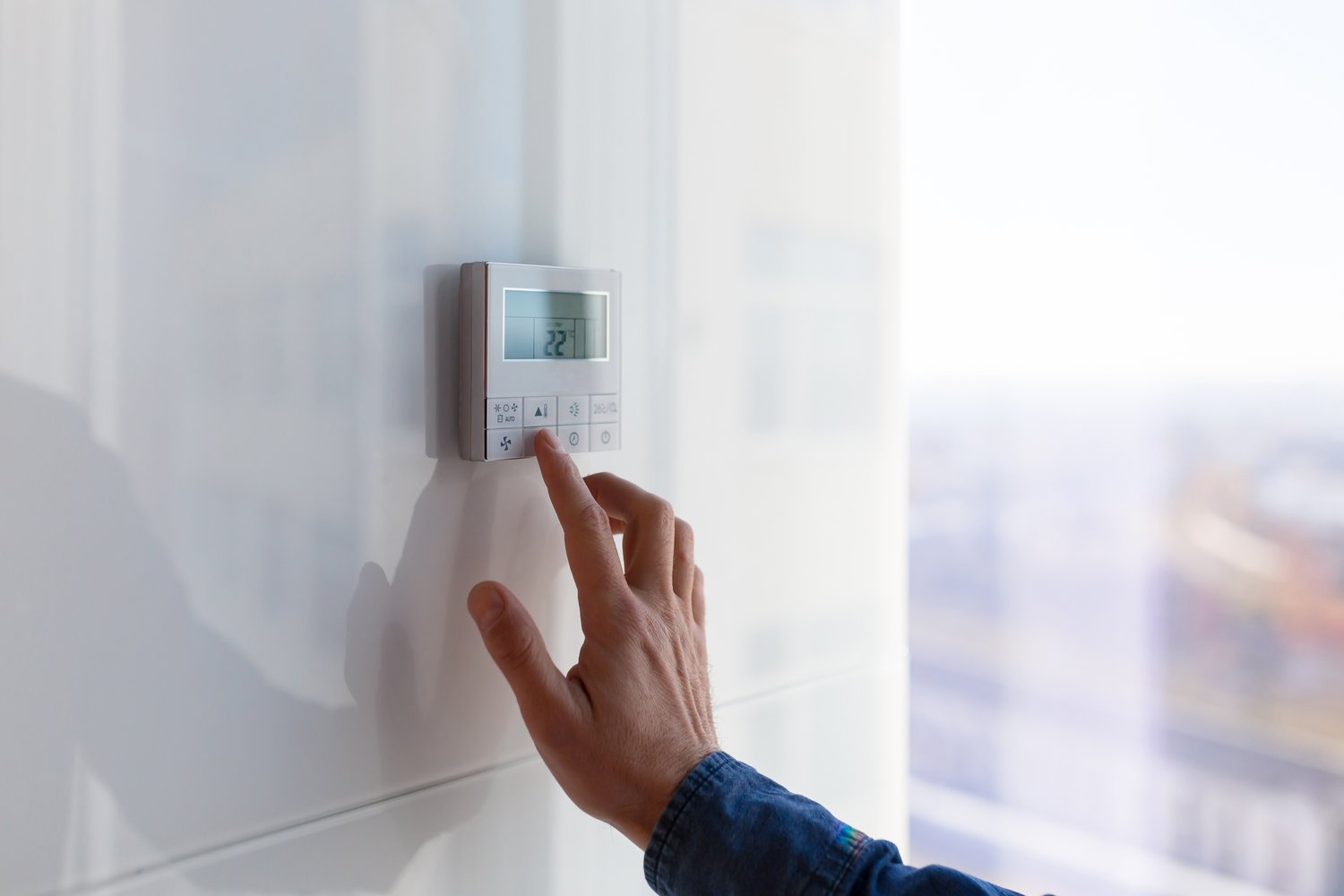Your home’s heating, ventilation, and air conditioning (HVAC) system works tirelessly year-round to keep your family comfortable. Without proper maintenance, efficiency declines, energy bills rise, and the lifespan of your equipment shortens dramatically. This comprehensive seasonal guide provides homeowners with simple DIY HVAC care tasks that can be performed throughout the year to ensure optimal performance. By following these preventative AC maintenance recommendations, you’ll not only save money but also potentially avoid costly emergency repairs during extreme weather conditions.
Spring Maintenance: Preparing for Cooling Season
As temperatures begin to climb, your air conditioning system needs to be ready for the demands of summer. Start by inspecting and cleaning the outdoor condenser unit, which has likely collected debris, leaves, and dirt during winter months. Turn off power to the unit at the electrical panel before removing the protective cover and carefully clearing away debris from the exterior fins using a soft brush. Trim back any vegetation within two feet of the unit to ensure proper airflow. Next, replace or clean your air filters, a cornerstone of any HVAC maintenance checklist. Clogged filters restrict airflow, forcing your system to work harder and consume more energy. Consider upgrading to high-efficiency filters if allergies are a concern in your household.
Spring is also an ideal time to clean your supply and return vents throughout the home. Remove the vent covers and vacuum away dust buildup that can impede airflow. While you’re focused on airflow, check that furniture, drapes, and other household items aren’t blocking vents. Ensuring unrestricted airflow is one of the simplest yet most effective seasonal heating cooling tips homeowners often overlook.
Summer Maintenance: Maximizing Cooling Efficiency
During peak cooling season, your HVAC system faces its greatest workload. Continue monthly filter changes and keep a close eye on your thermostat settings. Consider installing a programmable thermostat if you don’t already have one, as it can significantly reduce energy consumption by automatically adjusting temperatures when you’re away or sleeping. Check your condensate drain line for clogs by pouring a cup of white vinegar down the drain once a month to prevent algae growth and potential water damage.
Another important but often neglected summer maintenance task is inspecting your attic insulation. Proper insulation reduces the burden on your cooling system by preventing cool air from escaping. While performing your DIY HVAC care routine, listen for unusual noises when the system cycles on. Strange sounds often indicate loose components or developing problems that should be addressed promptly. According to data from AskHomey, homeowners who perform regular preventative maintenance can extend their system’s lifespan by up to 5-7 years compared to those who only respond to breakdowns.
Fall Maintenance: Transitioning to Heating Season
As summer heat gives way to cooler temperatures, your focus shifts to preparing your heating system. Start by scheduling a professional inspection of your furnace or heat pump. While many preventative AC maintenance tasks can be handled by homeowners, annual professional inspections remain crucial for safety and efficiency. Before the first cold snap, test your heating system by setting the thermostat to heat mode and confirming proper operation.
Replace or clean air filters again, as this should be done regardless of season. Inspect all accessible ductwork for signs of damage, disconnection, or leakage. Sealing small duct leaks with specialized metal tape (not ordinary duct tape) can improve efficiency dramatically. Check your carbon monoxide detectors and replace batteries as needed—a vital safety measure for homes with gas heating systems. Additionally, bleed radiators if you have a hot water heating system to remove air that can reduce heating efficiency.
Winter Maintenance: Ensuring Heating Reliability
Winter places significant demands on your heating system, making reliability paramount. Continue monthly filter replacements, which are especially important during winter when windows remain closed and indoor air quality can deteriorate. Maintain proper humidity levels between 30-50% using a humidifier if necessary, as appropriate humidity makes your home feel warmer at lower temperatures while protecting wood furniture and reducing static electricity.
Protect your outdoor condenser unit during harsh winter weather by keeping it clear of snow and ice buildup, but avoid covering it completely as this can trap moisture and cause damage. Insulate exposed pipes in unheated areas to prevent freezing, and consider installing foam gaskets behind electrical outlet covers on exterior walls to reduce drafts. During particularly cold periods, keep interior doors open to allow heat circulation throughout your home, which helps maintain consistent temperatures and reduces strain on your heating system.
Year-Round HVAC Maintenance Habits
Some HVAC maintenance checklist items should become regular habits regardless of season. Keep the area around indoor air handlers clear of storage items, particularly anything that might create dust or obstruct airflow. Regularly check thermostat batteries and accuracy by comparing readings with a separate thermometer. Consider investing in a smart thermostat that provides system performance data and maintenance reminders based on actual usage patterns rather than just calendar dates.
Develop a relationship with a reliable HVAC professional for tasks beyond DIY capability. Many companies offer maintenance plans that include priority scheduling during peak seasons, discounted repairs, and regular professional cleanings. These relationships prove invaluable when emergencies arise, as established customers often receive priority service during extreme weather events when service calls multiply.
For more tips and to connect with reliable home service professionals, follow AskHomey on Facebook and Instagram.



